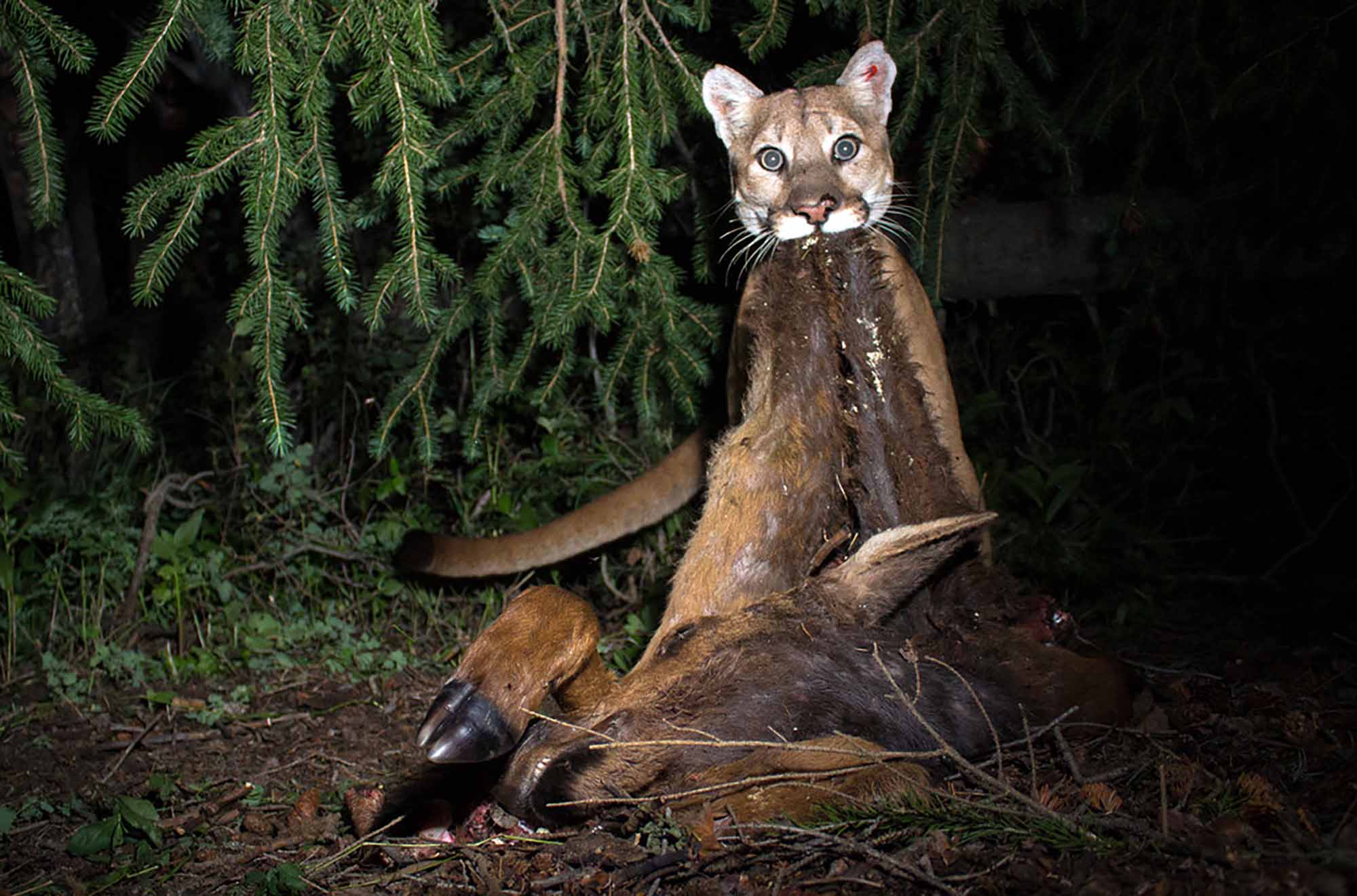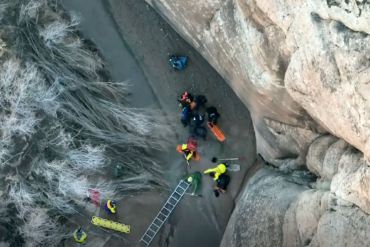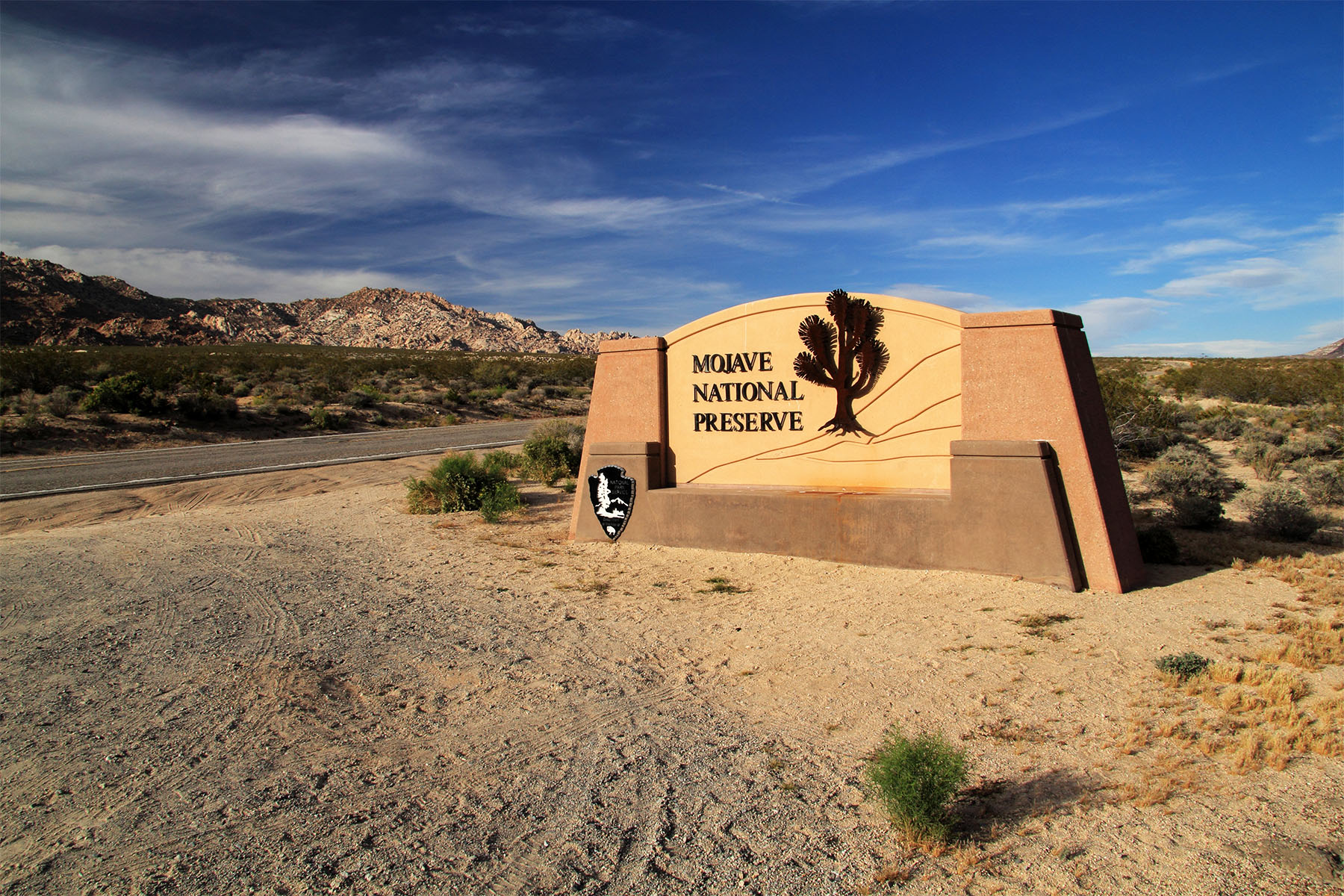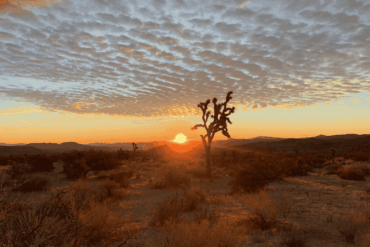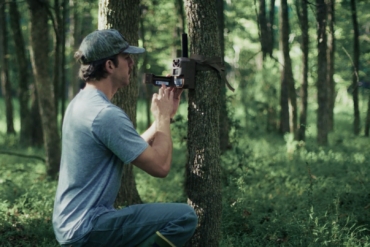Picture this: A Wyoming mountain lion spies an unsuspecting deer as it wanders through a dense patch of forest in Yellowstone National Park. This particular area is perfect for the cat’s preferred method of hunting: surprise attacks.
When the deer is most vulnerable, this deadly feline leaps onto the deer’s back and delivers a lethal bite to the neck. Then, the cougar eats its fill. But it’s a solitary predator — it can’t consume an entire deer in one day. Much of the carcass ends up in the bellies of smaller predators, and the rest of the remains sink into the thirsty soil.
The cat repeats this process again and again in the same area, leaving behind enough raw meat and bones to create a nutrient-rich hotspot that nurtures plants, carrion feeders, and — eventually — brings back more elk and deer.
Losing much of a prey’s bloody scraps works just fine for the cat. After all, this area is one of its favorite kill zones. By keeping the spot healthy, the cougar increases the chances of success on its next hunt.
Garden to Hunt
This “garden to hunt” strategy, shared in the journal Landscape Ecology last month, isn’t just a fascinating glimpse into the secret lives of mountain lions. It shows that these big cats, also called pumas, cougars, or any number of other regional names, have a bigger impact on the environment than previously known.
“Pumas contribute over a million kg of meat to ecosystems every day, improving the quality of soil and plant life, feeding hundreds of species, and supporting the health of their ecosystems and our planet’s overall web of life,” said study co-author and puma expert Mark Elbroch. “Their behaviors and contributions to nature are far more complex than imagined.”
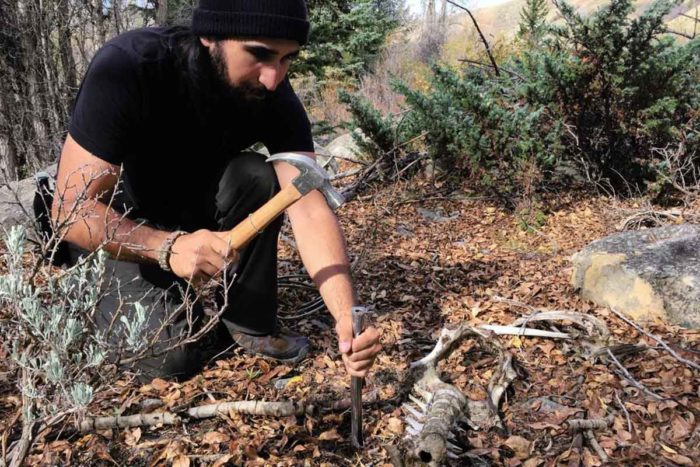
A Blue Whale-Sized Contribution
The reintroduction of grey wolves in Yellowstone has become a classic comeback story.
Once hunted nearly to extinction, the returned wolves brought a “cascade of ecological change,” according to Yellowstone National Park officials. Through deer and elk predation, the wolves improved the health of rivers, increased beaver populations, and brought back more aspens and vegetation.
Yet a closer look at pumas, a famously elusive predator, shows they may have an equally large impact on their environment — including the mountain wilderness of western Wyoming.
The new research estimates that a dozen pumas in the Tetons produce over 220,000 pounds of carrion per year, a mass equivalent to that of the world’s largest animal: the blue whale. That’s partly because pumas are solitary predators who usually eat only a third of their prey. Wolves, in contrast, hunt and feed as packs, devouring the vast majority of their kills.

And it’s increasingly clear that pumas are connected to a huge swath of the ecosystem.
They maintain relationships with an astounding 485 living species and play a critical role in holding ecosystems together throughout the Western Hemisphere, according to a study from puma advocacy group Panthera. Previously, the group found pumas serve as “ecosystem engineers,” providing habitat and food for 215 species of beetles.
The Yellowstone Cougar Study
To better understand pumas’ hunting habits, researchers identified the kill sites of GPS-collared pumas throughout Yellowstone. They collected over 1,000 soil samples from 172 deer and elk carcasses, and 130 plant samples from 65 sites. While the cats can range over an enormous area, their kills were concentrated to a tiny fraction of habitat — just 4%.
But in those areas, the cats’ repeated deposits of nitrogen-rich carcasses have created vibrant habitats, Elbroch said.
“We are definitely not suggesting this is a conscious decision to deposit nitrogen,” he said in an interview with GearJunkie. “But they are choosing places to hunt where the landscape and vegetative structure provide them an advantage. They’re fertilizing an area again and again, which we might casually call gardening.”
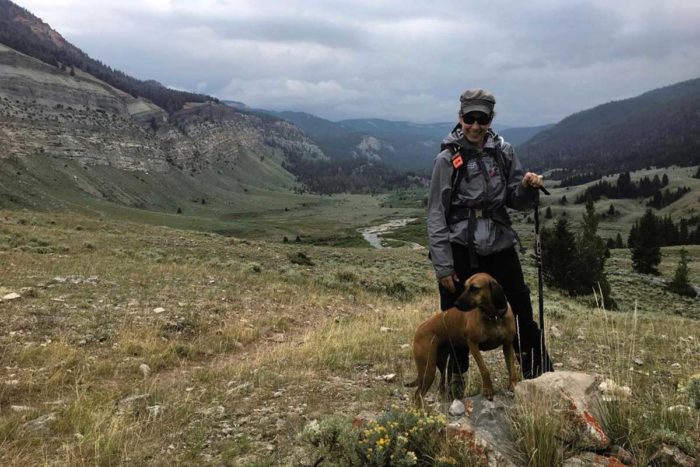
Cougars Under Fire
The study comes as cougars find themselves increasingly under pressure from a slate of state governments.
That’s most evident in Utah, where Gov. Spencer Cox signed a bill allowing year-round cougar hunting. Last month, GearJunkie reported that the state’s wildlife managers offered nearly 4,000 cougar hunting permits in 2022 — twice the animal’s estimated population in Utah.
On March 7, Elbroch published a Letter to the Editor in The Salt Lake Tribune imploring Cox to veto the bill. He pointed to research showing that unlimited hunting of cougars can increase risks for people and livestock.
R. Brent Lyles, executive director of the Mountain Lion Foundation, agreed.
“I wish Gov. Cox understood that killing more mountain lions will lead to more cougar problems, not less,” Lyles told The Salt Lake Tribune. “HB469 is bad for ranchers, and it’s bad for public safety. And that’s on top of it being bad for Utah’s wild lands and natural resources.”
A Growing Trend
Similar trends of eradication play out across the U.S. In one county in Washington State, the sheriff’s office has waged what local conservationists call a “war on cougars,” using hound hunters to kill dozens of the cats in the last few years.
While mountain lions do sometimes attack humans, it’s extremely rare. In the last 100 years, 27 people have died from cougar attacks, according to the Washington Department of Fish and Wildlife. That’s far less than snake bites, bee stings, or lightning strikes. (The Colorado man attacked in a hot tub last month would probably take umbrage, however.)
But if cougars represent such an important part of the ecosystem, it’s still worth trying to live with them, Elbroch said.
“There is a mountain of evidence that pumas contribute to healthy, more resilient ecosystems, and we as human beings are dependent upon these systems for our own health and resilience,” he said. “This work contributes to a long line of research highlighting the many invisible ways that mountain lions support biodiversity and healthy natural systems. It’s in our best interest to share landscapes with them.”
